What is Plugmold? Can I still install it?
kgyso
16 years ago
Related Stories

BATHROOM DESIGNShould You Install a Urinal at Home?
Wall-mounted pit stops are handy in more than just man caves — and they can look better than you might think
Full Story
KITCHEN BACKSPLASHESHow to Install a Tile Backsplash
If you've got a steady hand, a few easy-to-find supplies and patience, you can install a tile backsplash in a kitchen or bathroom
Full Story
HOUZZ TVHouzz TV: How to Install a Rain Barrel
This DIY tutorial shows how easy it can be to capture rainwater from your roof to use in your garden later
Full Story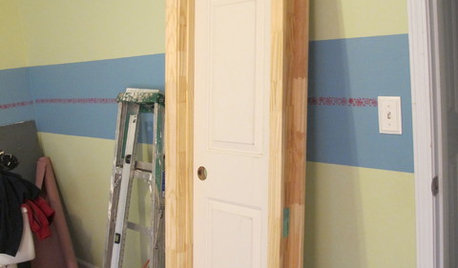
REMODELING GUIDESDIY: How to Install a Door
Homeowners who aren't afraid of nail guns can tackle their own pre-hung door project in a couple of hours
Full Story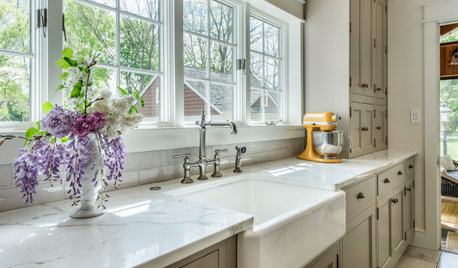
KITCHEN DESIGNHow to Choose the Best Sink Type for Your Kitchen
Drop-in, undermount, integral or apron-front — a design pro lays out your sink options
Full Story
FENCES AND GATESHow to Install a Wood Fence
Gain privacy and separate areas with one of the most economical fencing choices: stained, painted or untreated wood
Full Story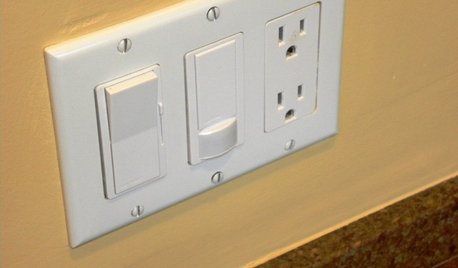
GREAT HOME PROJECTSHow to Install a Dimmer Switch
New project for a new year: Take control of your lighting to set the right mood for entertaining, dining and work
Full Story
GREAT HOME PROJECTSHow to Install Energy-Efficient Windows
Learn what Energy Star ratings mean, what special license your contractor should have, whether permits are required and more
Full Story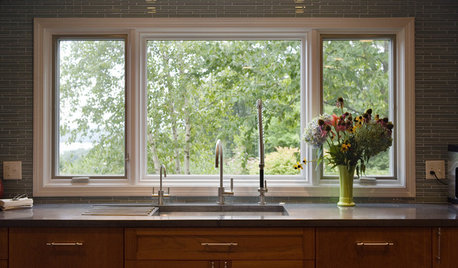
WINDOWSContractor Tips: How to Choose and Install Windows
5 factors to consider when picking and placing windows throughout your home
Full Story
MATERIALSThe Most Popular Roofing Material is Affordable and Easy to Install
Asphalt shingles, the most widely used roof material in the U.S. are reliable and efficient, and may be right for you
Full Story






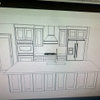
Buehl
spinmom
Related Professionals
Buffalo Kitchen & Bathroom Designers · New Castle Kitchen & Bathroom Designers · Peru Kitchen & Bathroom Designers · West Virginia Kitchen & Bathroom Designers · Fullerton Kitchen & Bathroom Remodelers · Cocoa Beach Kitchen & Bathroom Remodelers · Gilbert Kitchen & Bathroom Remodelers · Kendale Lakes Kitchen & Bathroom Remodelers · Mesquite Kitchen & Bathroom Remodelers · Panama City Kitchen & Bathroom Remodelers · Placerville Kitchen & Bathroom Remodelers · Farmers Branch Cabinets & Cabinetry · Glendale Heights Cabinets & Cabinetry · Holt Cabinets & Cabinetry · Niceville Tile and Stone Contractorstalley_sue_nyc